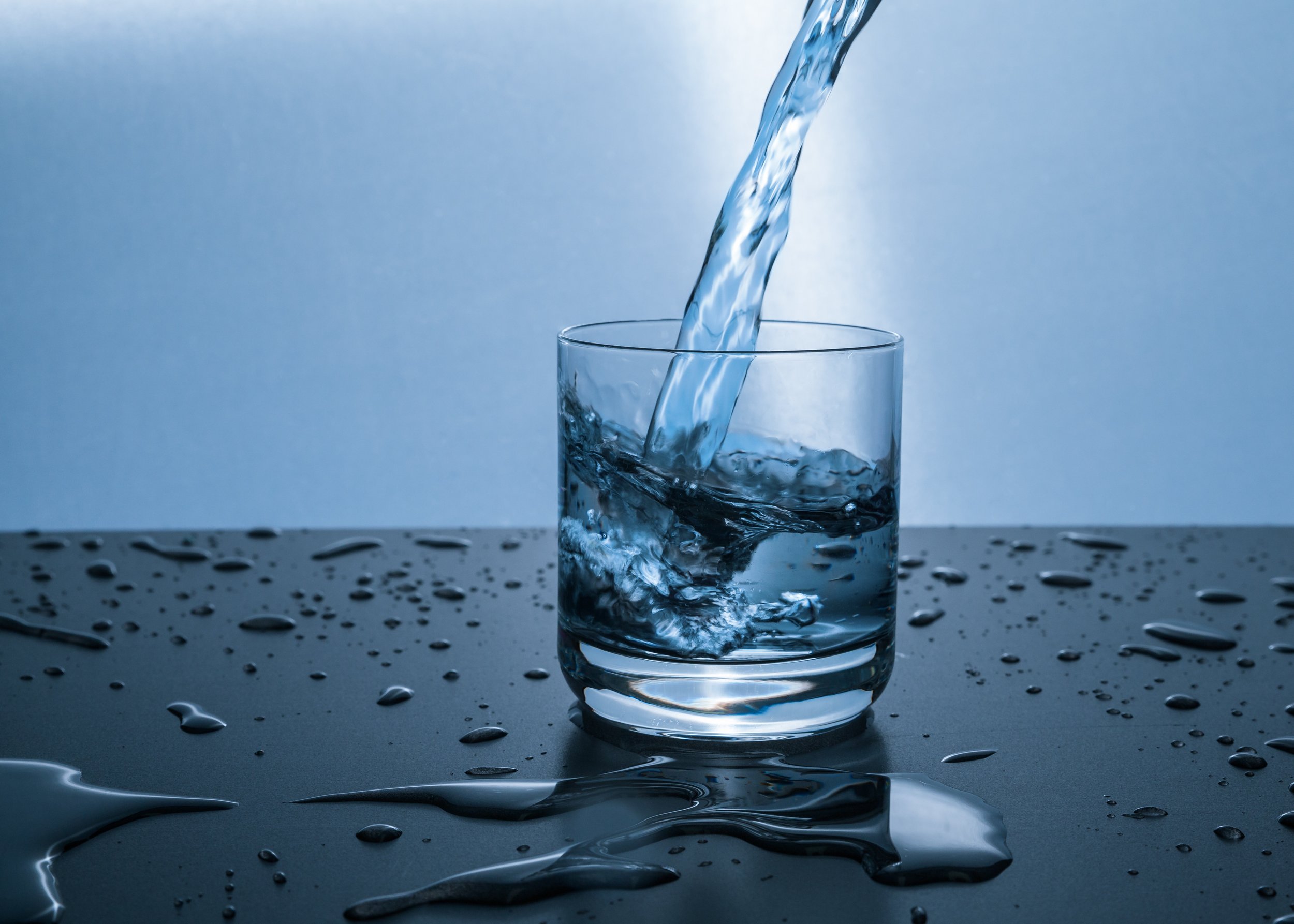Water Softeners
In areas with high ground mineral content, hard water can be an issue. This is true for homeowners and businesses alike! Hard water is defined as water with high calcium and magnesium content. When these minerals combine with heat, scale can form. Scale is a troublesome material that can cause damaging build-up in pipes. Water softening systems remove these metal minerals from water and prevent mineral build-up from clogging your pipes.
In addition to clogging pipes, hard water has other negative effects. When calcium and magnesium come in contact with soap, they form a kind of soapy curd or scum. This scum makes skin dry and itchy, hair lifeless, and laundry dull. If you install a water softener, you can prevent all of these problematic issues!
Water softeners turn hard water into soft water by trading ions. The tank of a water softener contains thousands of resin beads that are coated in sodium ions. The beads behave as magnets to the metallic ions in hard water. When the water comes out the other side, it has harmless sodium ions instead of calcium and magnesium.
How Water Softeners Work
The transition from hard water to soft water is a deceptively simple system that saves you money on repairs and keeps your home from developing hard water soap scum. The water softener body consists of a tank filled with tiny resin beads. These beads are covered with sodium ions. When hard water enters the tank, the resin beads attract he calcium and magnesium ions like magnets. The water needs something to take the place of those mineral ions, so the sodium ions go with the newly soft water.
After water passes through the tank, it can be delivered throughout the home. Due to the nature of how hard water can damage plumbing, water should pass through water softeners before anything else. This is the best way to ensure as little plumbing is exposed to hard water as possible.
When the resin beads become over-saturated with calcium and magnesium ions, regeneration needs to take place. The control valve on the top of the tank allows the user to regenerate the beads within the tank. This valve is what makes the whole water softener work. During regeneration, a brine solution is sent into the tank, replacing the accumulated calcium and magnesium ions with fresh sodium ions. The brine filled with displaced calcium and magnesium is flushed away, allowing the resin beads to be used over and over.

